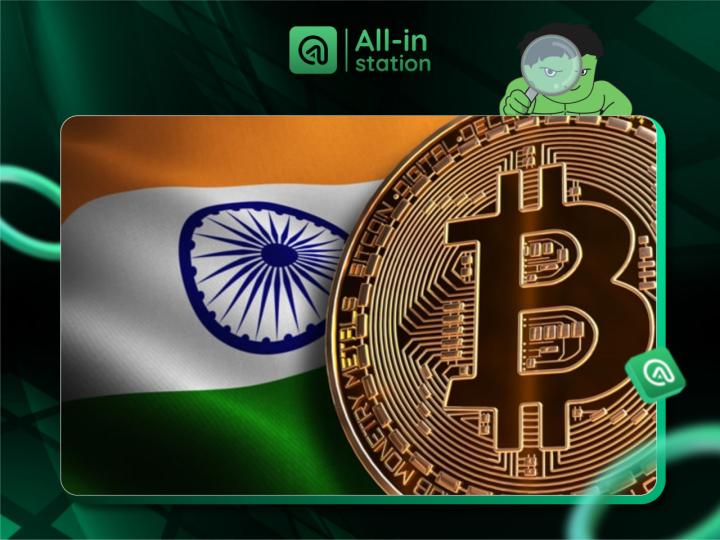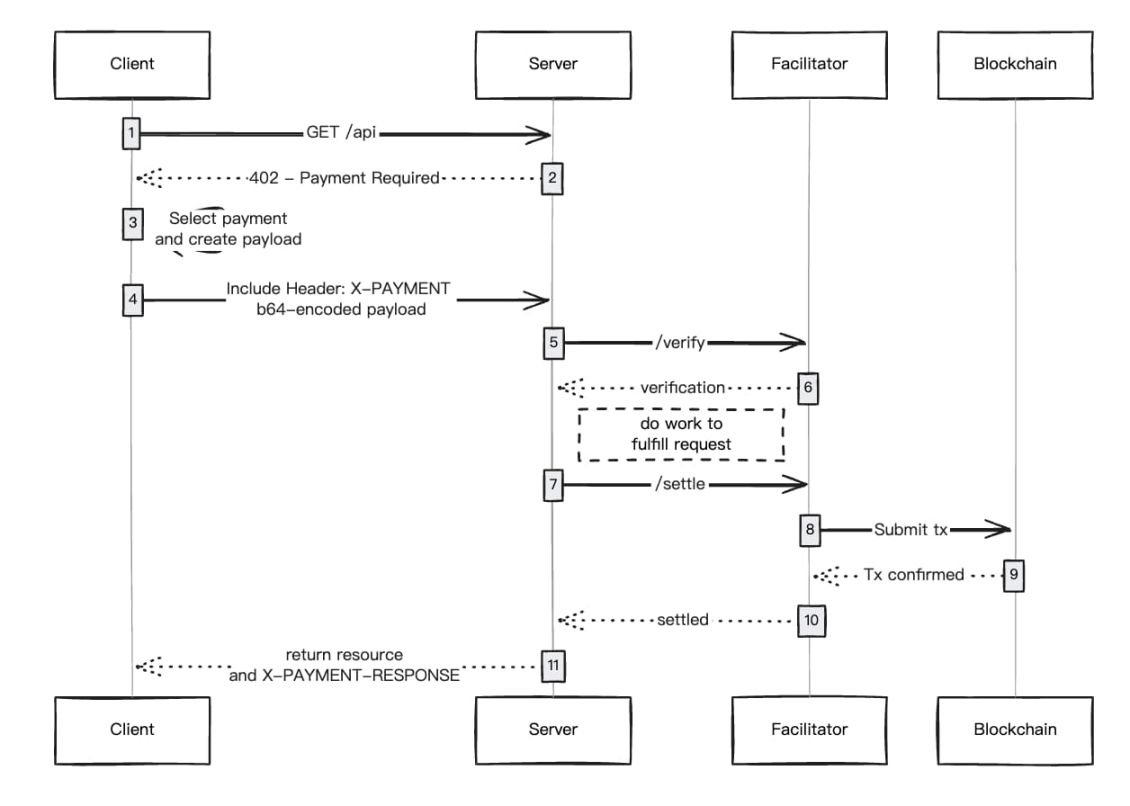Original author: cyclop (@nobrainflip)
Compiled by Odaily Odaily( @OdailyChina ); Translated by Azuma ( @azuma_eth )
Editor's Note: MegaETH (MEGA)'s public offering officially opens at 9:00 PM Beijing time tonight, and discussions are heating up. Should you participate? What are the expected returns? Can it replicate the success of Plasma (XPL)?
Below, overseas KOL cyclop (@nobrainflip) offers his take on this round of public offerings. Unlike some FOMO-fueled comments, cyclop believes that, considering the current oversubscription ratio, valuation growth potential, and public offering rule design, the wealth effect of the MEGA public offering may not be as exaggerated as many imagine, especially for retail investors without additional influence or prior participation records.
The following is the original content of cyclop, translated by Odaily Odaily.
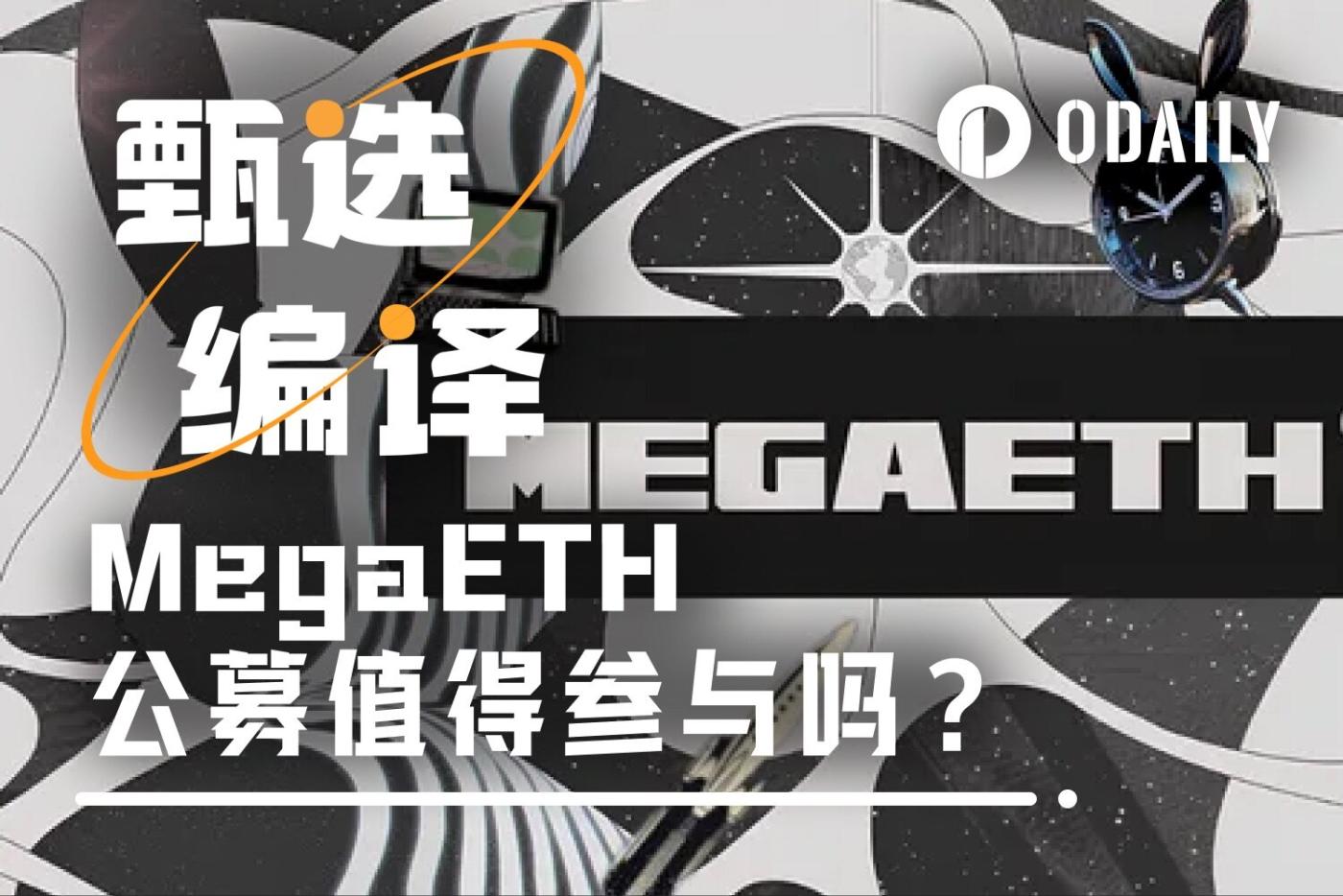
If you’ve been following the cryptocurrency social media conversation lately, you’ve undoubtedly seen countless posts about the MegaETH (MEGA) public offering.
Where does all this hype come from? Why are so many people paying attention to this public offering? The answer is simple: the only place retail investors can make money these days is through ICOs (initial token offerings).
Meme tokens are languishing, Altcoin market capitalizations continue to hit new lows, and the October 11th crash further drained retail liquidity. Blindly holding random coins at this time is a disaster. But if you simply hold stablecoins and focus on investing in new IPOs, you could potentially double or triple your portfolio in just two or three months.
Market sentiment has shifted—we've already entered the ICO boom phase of this cycle. Among the various IPO platforms, Echo is particularly popular. Why? Because Echo's previous public offering, Plasma (XPL), generated incredible returns.
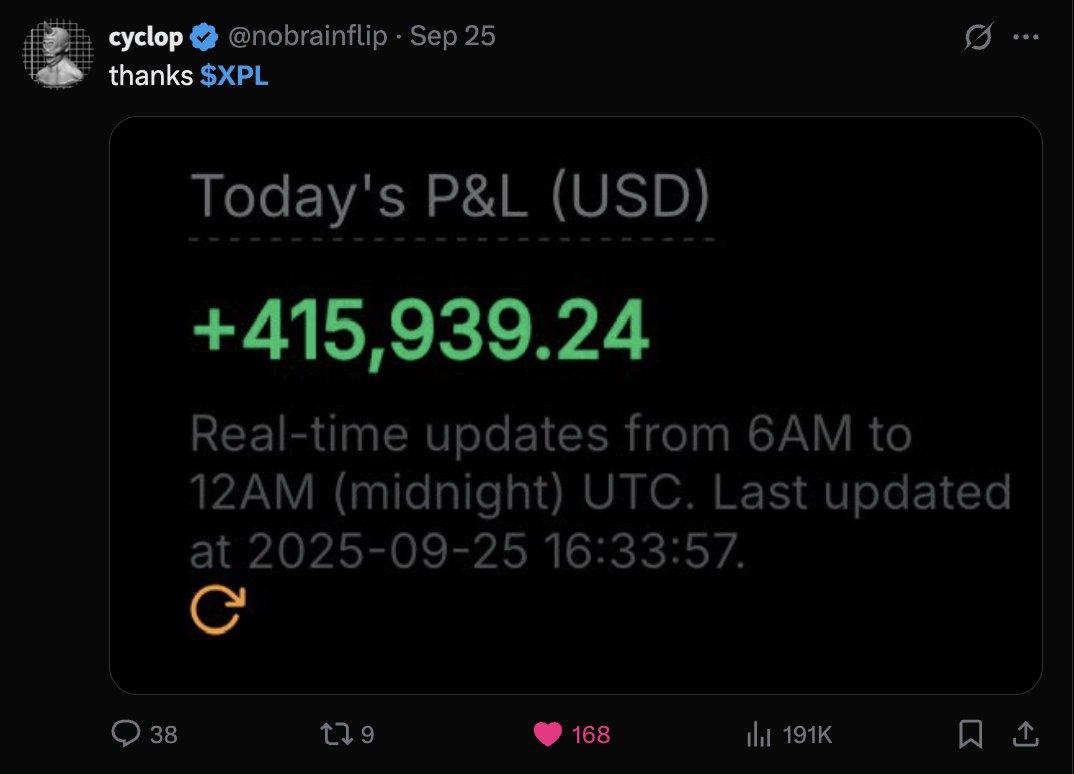
In that round of XPL, for every $1 of funds subscribed, you can earn at least $1.5, and the scale is not limited - because XPL's valuation increased by more than 30 times after its launch compared to the public offering (the public offering valuation was $500 million, and the FDV after the launch once exceeded $15 billion), while the subscription scale was "only" 20 times higher.
More importantly, anyone can participate in the public offering, regardless of on-chain experience, social influence, or ecosystem connections. All they need to do is pass Echo’s KYC verification and deposit (though it’s first-come, first-served, there’s a full 30-minute window for operation in the second phase).
The question is, will MEGA repeat the XPL miracle? Will everyone make money this time?
Let me give you my direct answer - No!
XPL's impressive wealth creation effect was due to the fact that Echo and the entire ICO market hadn't taken off at the time. XPL's public offering totaled $1 billion, which was 20 times oversubscribed. There was no weighting factor; the amount was allocated equally based on the size of the subscription.
In MEGA's current public offering, Polymarket predicts total subscriptions will exceed $2.5 billion, more realistically closer to $3-4 billion. This implies an oversubscription of 60-80 times . Based on the maximum public offering valuation of nearly $999 million, the public offering plans to sell 5% of tokens, meaning a maximum fundraising target of approximately $50 million. Meanwhile, MEGA's current pre-market valuation offers only about 4.5 times the upside potential from the public offering.
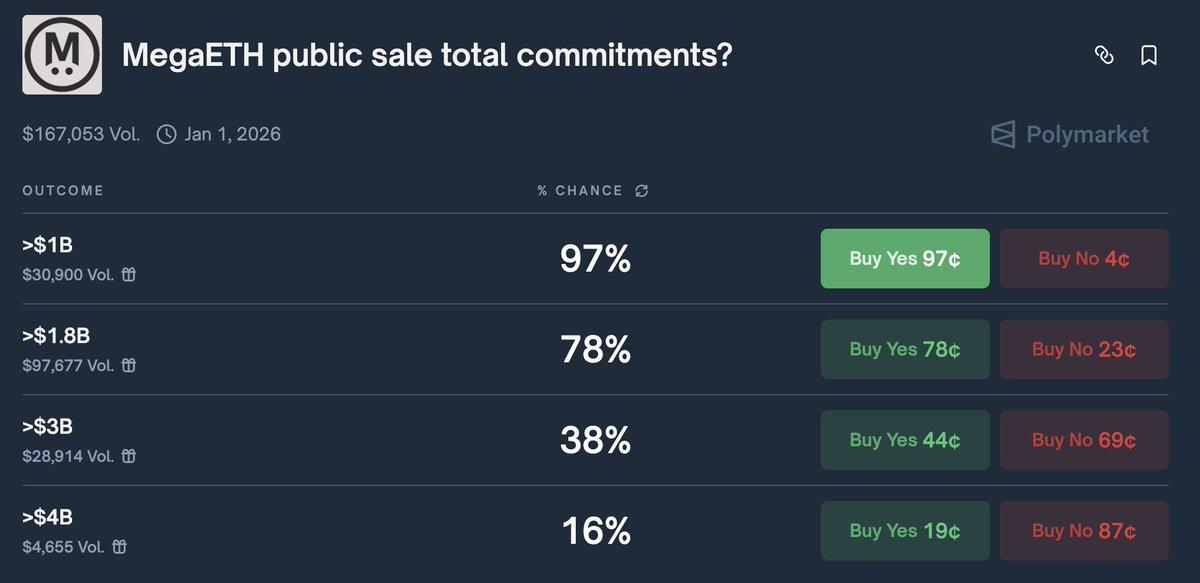
If MEGA's quota were also distributed equally based on subscription size (which is unlikely to be the case in reality, but serves only to highlight the "too many people, too little money" situation), for every $1 subscribed, the actual profit would only be around $0.056-$0.075 (the original figure is 0.04, which appears to be a calculation error). In contrast, XPL's public offering earns $1.50 for every $1 subscribed, a significant disparity.
MegaETH has disclosed that the minimum allocation for each winning account is $2,650, which roughly translates to a minimum profit of around $10,000, but let’s do some simple math:
- If every winning account received the minimum allocation of $2,650, there would be approximately 18,867 winning accounts in total;
- If each winning account receives a $5,000 allocation, there will be approximately 10,000 winning accounts in total;
- However, the number of registered people for the public offering on the first day exceeded 100,000, and it is expected that 400,000 to 500,000 people will participate in the end.
Simply put, only about 1/50 people can win the bid and get the quota.

To put it bluntly, you can't just rely on "paying money and praying" to make money. Whether you invest $10,000 or $180,000 (the maximum investment limit is $186,282), if you don't win the lottery, you get nothing.
I believe that MegaETH will prioritize subscribers based on specific indicators, such as:
- Whether there is media exposure or community influence;
- Whether there is a deep on-chain active record;
The project team gives priority to these groups rather than providing a certain amount to everyone.
So who can really make money through public offerings?
- If you meet the potential selection criteria (media presence, active on-chain record) — it is entirely possible to make tens of thousands of dollars a day;
- If you are a true MegaETH OG — you certainly deserve the quota allocation;
- But if you are just a retail investor with no advantages and only know how to invest in stablecoins - the expected return may be zero.
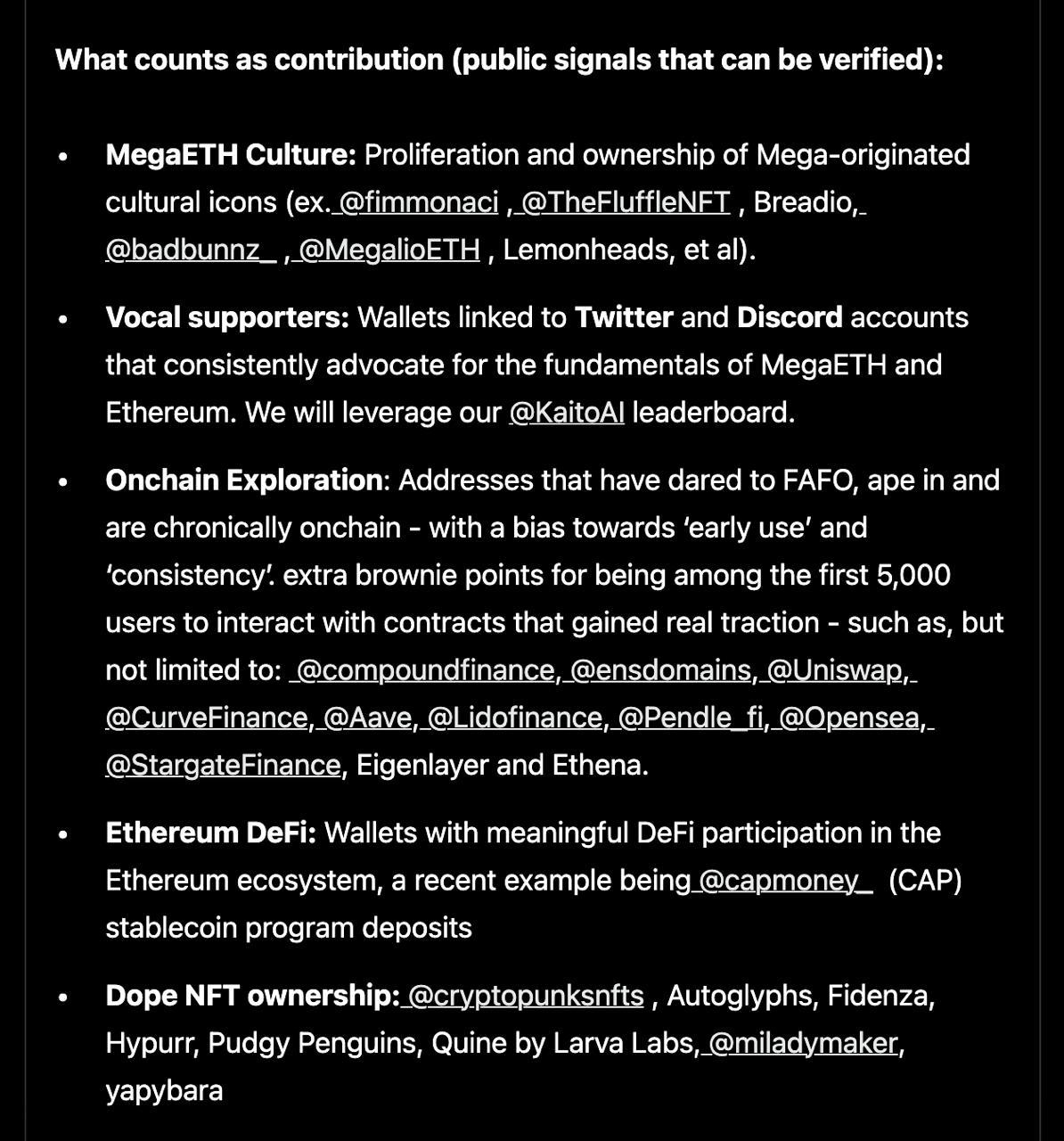
To sum up, this is the consistent logic of the cryptocurrency market: if you are not an early bird, then you will be someone else's exit liquidity.
The best time to enter the ICO boom was during the XPL public offering. That's when you should have gone all in. If you're just waking up now, it might be too late. Ultimately, the MEGA public offering isn't a lottery; it has a selection mechanism. Its purpose isn't to benefit the general public, but to concentrate the real profits in the hands of a few.
Don't mistake hype for opportunity. This isn't another XPL, just another round of FOMO. 95% of investors will leave empty-handed, and only 5% will earn above-average returns.
And the cruelest truth is - you actually already know which side you belong to.




